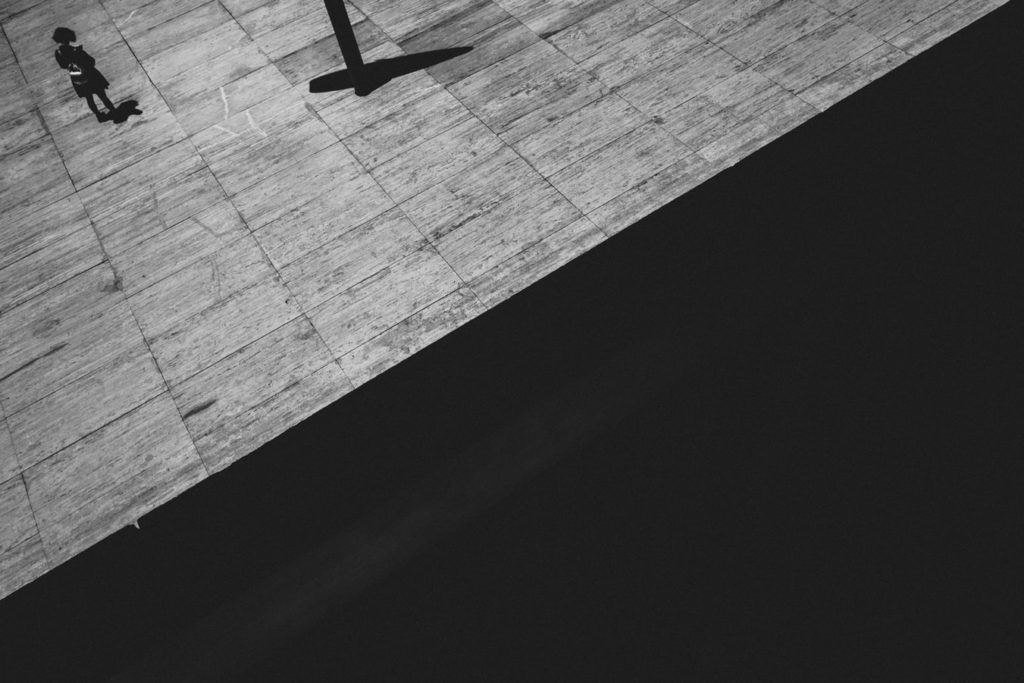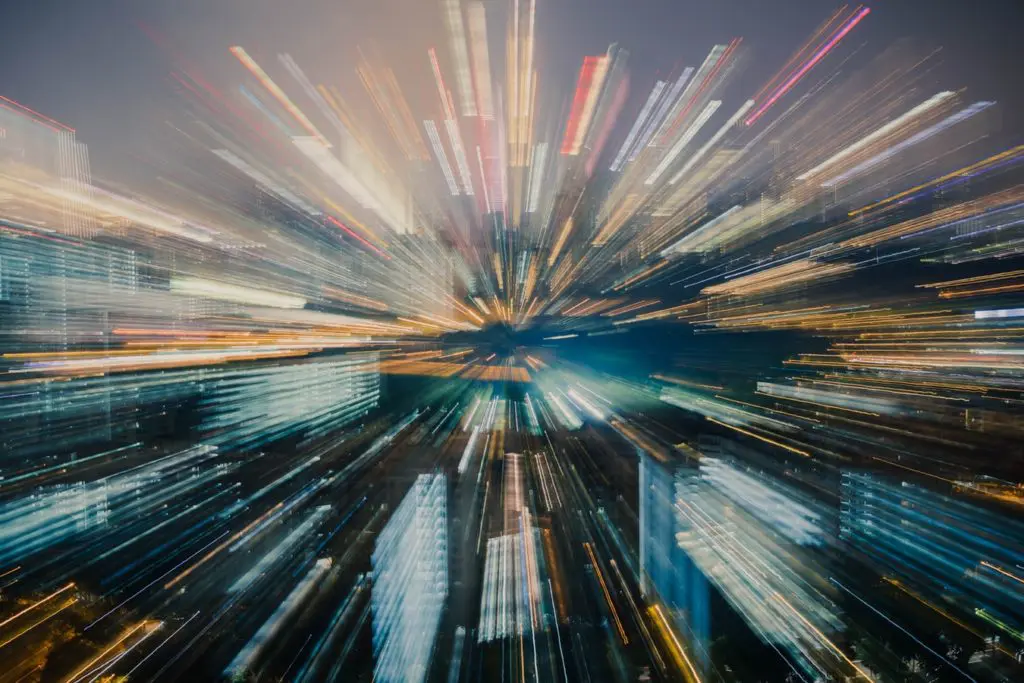I know how to use the camera, now what?
Ok, so you've been practising the basics and now you are interested in some advanced composition ideas. You are happy using basic composition techniques – like the famous rule of thirds or rule of odds.
Learning to use a camera is a challenge indeed, but in the end, it is only a mere tool. As long as you see your camera like that, then you'll be able to produce some really meaningful photographs.
Why Pursuing Meaningful Photographs?
Almost everyone is sharing photographs every day via social media platforms, so we are being flooded on a daily basis with visual content.
If we are willing to grow as photographers, then we need to pursue something different. This is easy to say, but let's face it, it is both hard to define and achieve. As an academic, I challenge my students to think about how we can produce photos that are able to stand out from the crowd.
The answers vary from time to time; but in essence, there are some elements in common that photos need to comply with in order to achieve that.
To stand out from the crowd, a photograph needs:
- Aesthetic Experience
- The Ability to Embed in the Viewers Minds
- Be able to tell stories
Of course, it is very hard to achieve photos able to fulfill all three of those, even one of them is hard to achieve with such society's frantic image consumption behavior.
But today I want to share with you some advanced composition ideas, that will help you produce at least a handful of meaningful images in your lifetime. Wow, just a handful in a lifetime, that really sounds dramatic, but it is not.
Josef Koudelka dropped out of being an aeronautical engineer after studying because he thought there was nothing else left to learn about that discipline. On the other hand, photography is still giving him the pleasure of learning.
So, without further ado, these are the three advanced composition ideas that will help you achieve and take meaningful photographs:

The Gestalt Principles
As human beings our minds work in some really funny ways.
Today we'll be borrowing a very useful mind-set from the world of design (which they borrowed from the world of psychology, so we are even), the Gestalt laws and principles.
The Gestalt (which is German for Shape or Form) was first conceived in the twentieth century, and it has been revived by Design oriented disciplines with a fresher and more holistic approach rather than simple perception.
In simple words, the Gestalt theory is sustained by the basic principle that “the whole is greater than the sum of its parts”.
The Gestalt revolves around the way our minds deal with images, or more precisely, how our brains perceive such images and symbols.
Basically, since our minds are very rushy, they tend to complete ideas before even comprehending that they are not complete or are not even there.
- Figure, Shape and Form
All of these trigger our mind in different and precise ways since we are kids, and each of them is different, and could be seen like this:
Figure: When a scene depicts elements that could show us multiple things simultaneously. This can be illustrated with the famous self-portrait made by Cuban photographer Abelardo Morell.
Shape: From a silhouette to a tri dimensional mesh, a shape is the boundary in which an object resides.
Form: It is the way an object is perceived in terms of volume and texture.
- Similarity
This refers to how our minds can relate one thing to another.
The most classical example of this is what is known in psychology as “pareidolia“. Which is basically the phenomenon in which the mind responds to an image by perceiving a familiar pattern where none exists.
This phenomenon commonly happens with humanoid faces. This is a powerful resource for photography because it can be used as a very effective hook for getting people's attention.
- Proximity
When elements are close together, our minds immediately group them in order to deal with them in an easier format. The rule of odds clearly responds to this law of visual perception.
- Closure
Since our mind is very impatient, it tends to close things out for us even if they are not objectively there. The easiest way to illustrate how this happens in our minds is with illusory contours.
A lot of photographs that depict geometrical figures respond to this law from the Gestalt psychology. Many geometrical figures (even lines) that we can “see” in a photograph, aren't really there. What about this magnificent example by Philippe Halsman and Salvador Dalí?
- Continuity
It is the theory that our mind follows objects in a line pattern until something interrupts the flow. In photography, this is actually interrupted on purpose to create interest. It takes a component like rhythm, and it makes it more interesting by placing something in that breaks the visual continuity. The odd feeling produced by this interruption makes an image extremely interesting. Here is a great example of how this happens!
- Order
The belief that symmetry is an attractive property of design, and if you don't believe me, watch the cinematography of John Alcott or Robert Yeoman. Face it, things look good when they are not randomly assembled or scrambled pretty much everywhere.
Revelations

This could work out in slow-paced consuming habits, for example, those that happen in a gallery, a photobook, a museum or even a clean website. For those platforms with endless thumbing capabilities, this will hardly have an impact on the audiences.
Revelations base themselves in the notion that a hidden feature in an image will not only interrupt the viewers regular reading habits but also will make photographs more interesting to read.
The best way to achieve this is through the inclusion of an object (usually a small one) in an unexpected location in the photograph. The simplest way is through compositional constructions that include an element that awakens some interesting visual stimulus in a totally unexpected location of the image.
Capturing Motion

Photography allows us to see the world around us in ways our eyes and brain find impossible to perceive. This happens thanks to the ability photography has to record not only light but also time. We can make use of motion and blurry figures to create more interesting compositions that could easily go beyond reality and even imagination.
This has a lot to do with exposure of course, but well-executed photographs will depict the perfect amount of blurriness to cope seamlessly with the overall composition.
Pursuing to comply with these ideas is not a guarantee for successful meaningful photographs that will stick in people's' minds.
You need to work things out around a subject or a concept that matters to society. But hey, the most important thing is that you enjoy what you do, so if at least you are having the time of your lives with photography, then you'll be on the right side of the track.
Further Learning
Getting photography composition right has always been the greatest challenge for the photographer. If you’d like to get better at photography composition and learn concepts that go beyond the basics, you should take a look at Kent DuFault’s guide to advanced composition.
In Kent Dufault's Advanced Composition, you'll discover advanced composition concepts such as:
- Compression
- Color Placement
- Contrast Overlap
- Rhythm
- Color Wash
- Texture
- Stacking







4 Comments
https://flic.kr/p/2dwkmtb
There was a teacher who once identified these seven basic elements of visual perception (line, area, volume, space, value, color and texture). He listed four basic motivations for doing art: the sensory and the sensual; the structural; the socio-political; and the internal and private. He encouraged students to look at ordinary items from their daily lives as potential works of art. He said what goes on in the wings of the theater of life have as much interest as what is on the stage. “Look around you. But don’t force your definition on what’s there. Don’t anticipate what you will find. It will find you.”
I am still learning from that teacher, a fellow I only met all-too-briefly as a pre-teen; he was my uncle. [“Carnegie Tech, Robert Lepper and the Oakland Project”, Richard Rappaport 1989.].
Wow, extremely interesting!!! I love your analysis of the different Gestalt principles and how you related them to the art of photography!! Im looking forward to practicing and exploring these topics in the future!!
Not mine, but Richard Rappaport’s, in source noted. Uncle Bob was a sculptor and a muralist, but I thought photography applied too. The Oakland community also gave rise to August Wilson’s works, the playt and movie “Fences” perhaps among others. https://en.wikipedia.org/wiki/Fences_%28play%29
No, scrath that one above. Delaney was talkign about Frederico… (my bad).